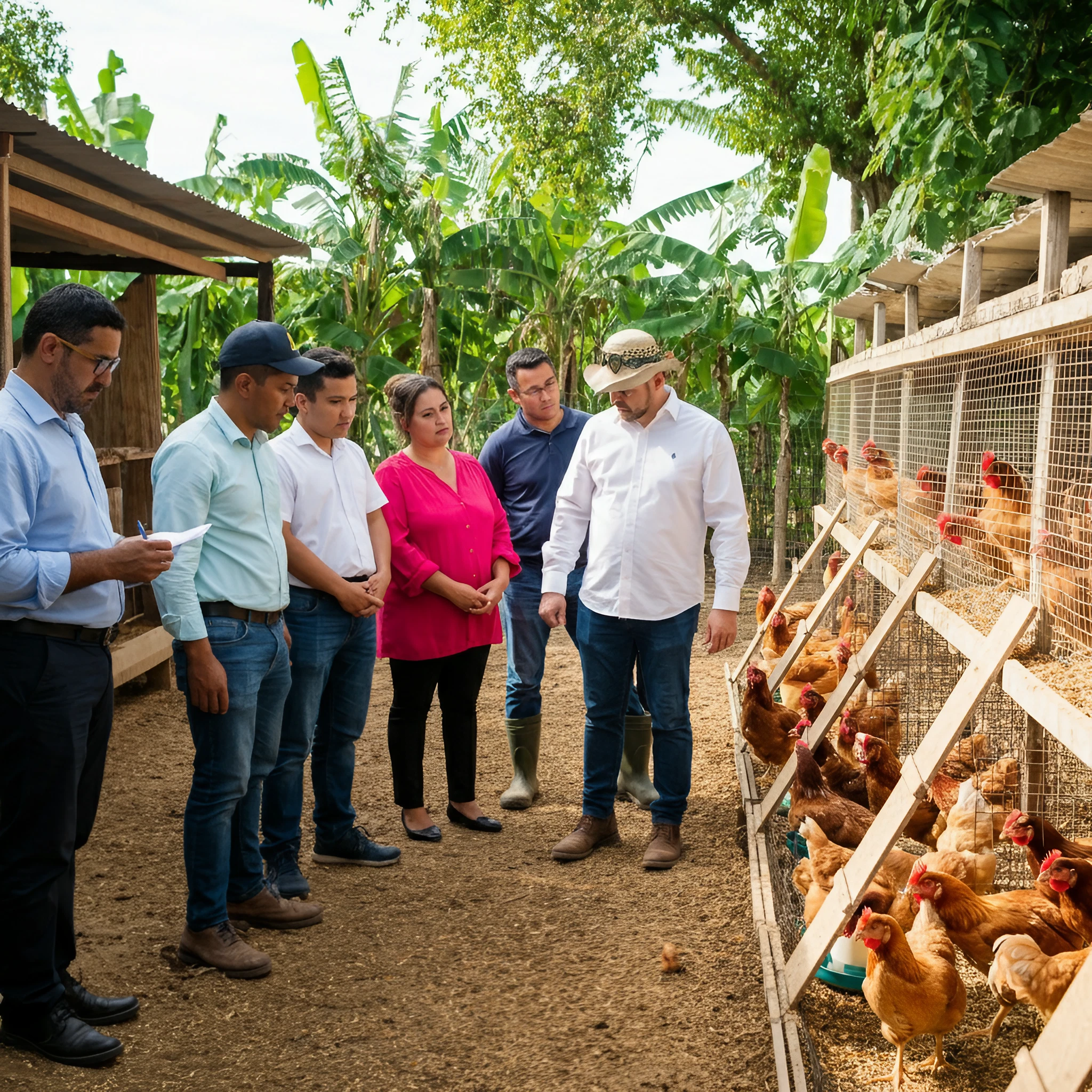The United States has reported its first outbreak of the deadly H7N9 bird flu strain on a poultry farm since 2017, according to the World Animal Health Organisation (WOAH). The outbreak was detected on a farm in Noxubee, Mississippi, affecting a commercial flock of 47,654 broiler breeder chickens.
The Virus and Its History
H7N9 is a highly pathogenic avian influenza (HPAI) strain that first gained international attention in 2013. It is known for its alarming fatality rate, with nearly 40% of reported human cases resulting in death, according to the World Health Organization (WHO). This makes it one of the more dangerous bird flu strains for both poultry and humans.
While the U.S. has been contending with another bird flu strain, H5N1, which has recently infected humans and caused economic strain through skyrocketing egg prices, this resurgence of H7N9 adds a new layer of concern for public health officials and poultry producers alike.
Measures Underway
Authorities have already begun comprehensive containment efforts to prevent the virus from spreading further. The U.S. Department of Agriculture (USDA) has initiated the depopulation of the affected flock, working alongside state animal health and wildlife officials. Enhanced surveillance and a thorough epidemiological investigation are also underway to determine the extent of the outbreak and mitigate its impact on the poultry industry.
The outbreak comes at a time when avian influenza has been disrupting supply chains and causing food prices to spike globally. The virus’s ability to infect mammals, including dairy cows, has elevated concerns of a potential pandemic among health and government officials.
Implications for Poultry Farmers
For poultry farmers, the resurgence of H7N9 presents a critical challenge. Not only do outbreaks result in the loss of livestock and revenue, but the potential spread of the virus could have far-reaching consequences for the industry. Farmers are advised to heighten biosecurity measures, monitor flocks closely for signs of illness, and report any suspected cases to local health authorities immediately.
Public Health Concerns
For public health professionals, the outbreak underscores the need to remain vigilant. Although human-to-human transmission of H7N9 is rare, the virus’s high fatality rate demands careful monitoring. Ensuring that the public is informed and that proper protective measures are in place will be vital in preventing a broader health crisis.
A Call for Preparedness
This outbreak serves as a stark reminder of the ongoing battle against avian influenza and its implications for both agriculture and public health. Strengthening surveillance systems, enhancing outbreak preparedness, and fostering coordinated responses between agricultural and health sectors are crucial steps to mitigate risks.
Farmers, health officials, and members of the public must remain informed and work collaboratively to address this developing situation. Accurate information, swift action, and rigorous safety measures will be key in overcoming this challenge.
Stay tuned for updates as more information becomes available.








